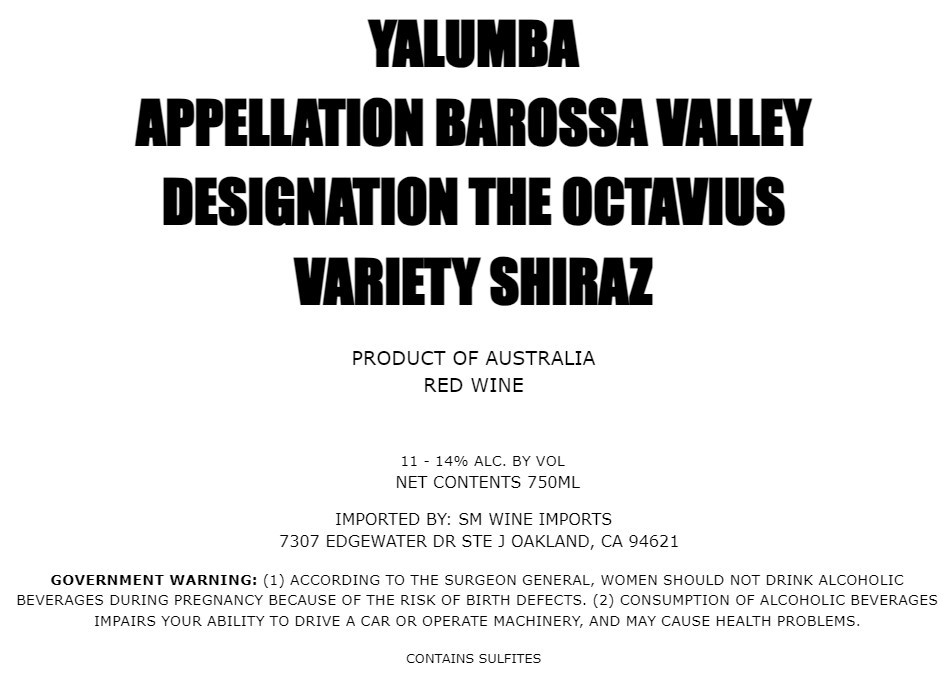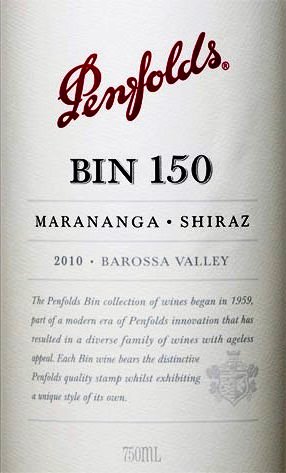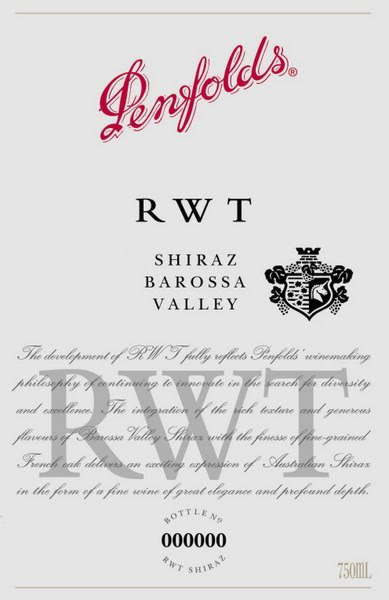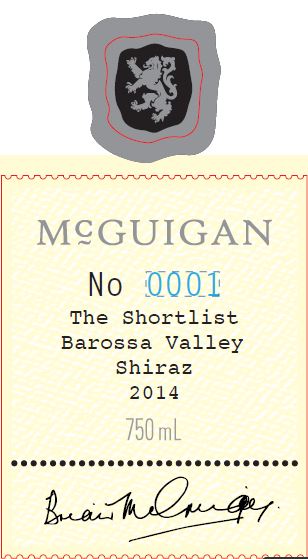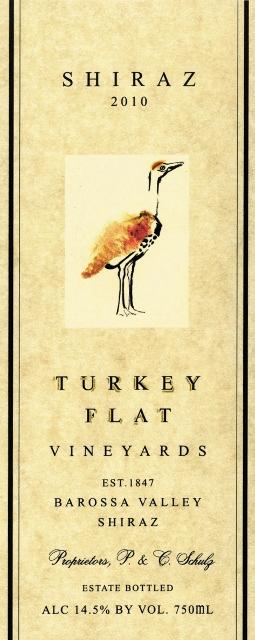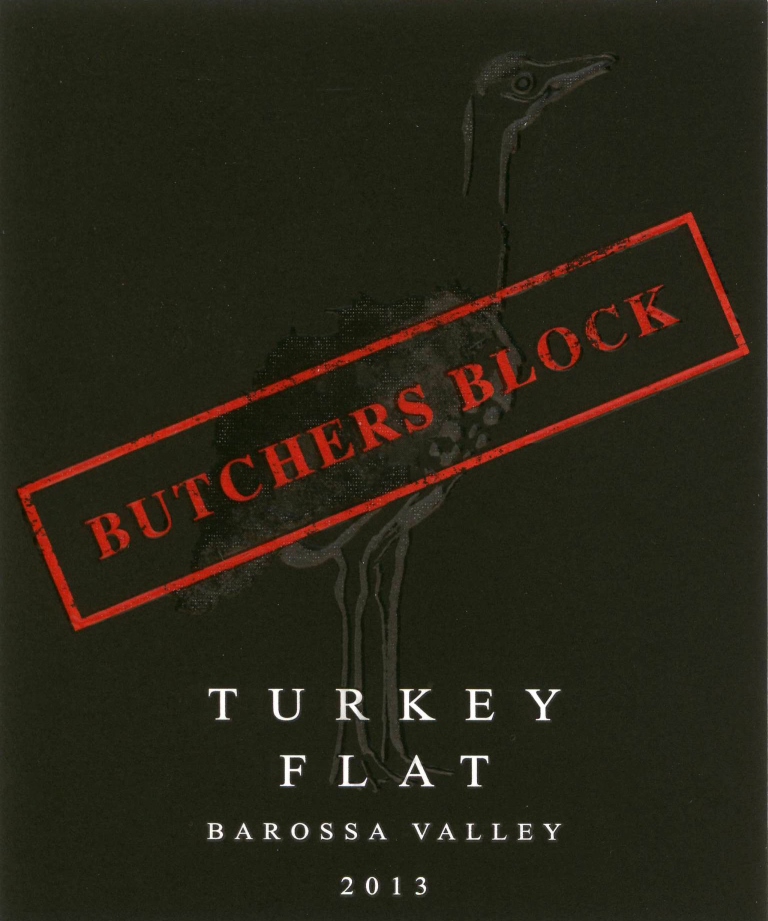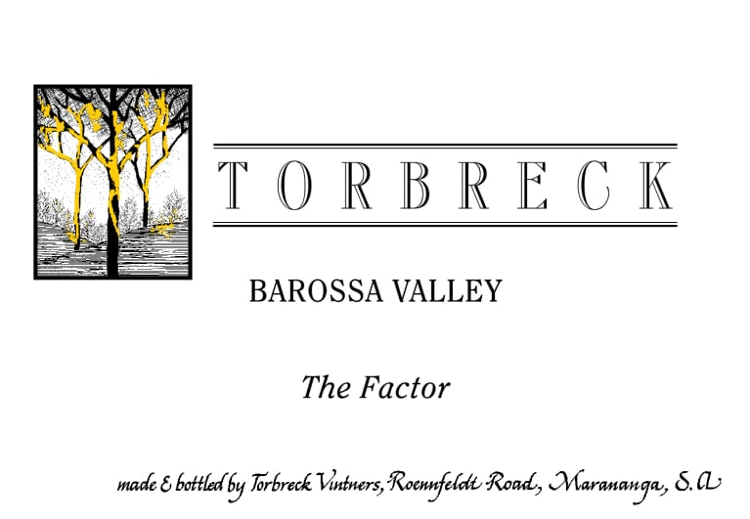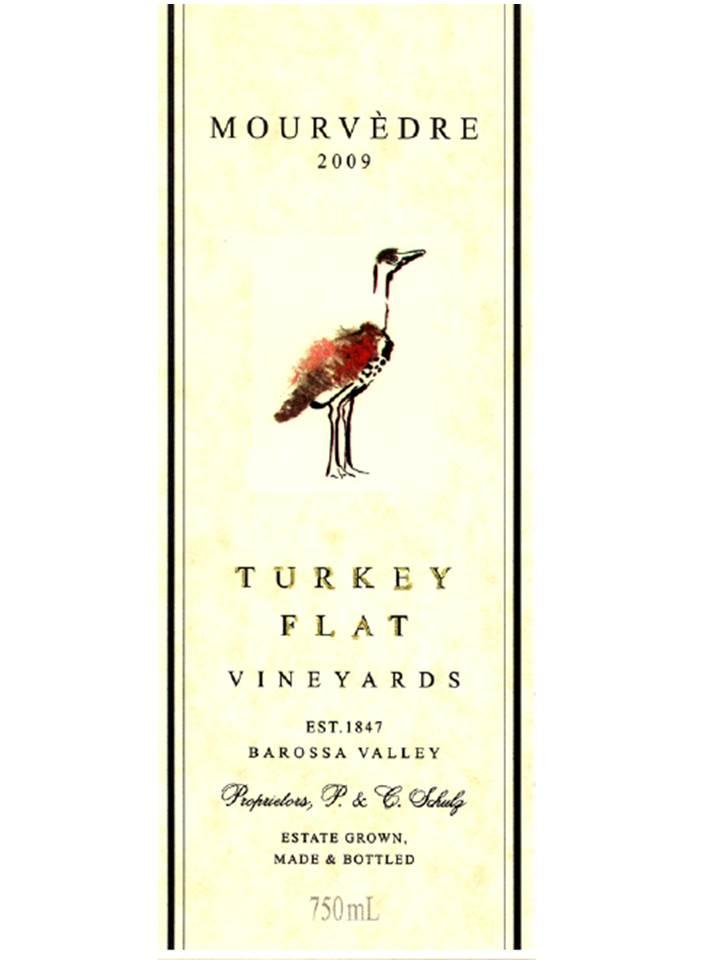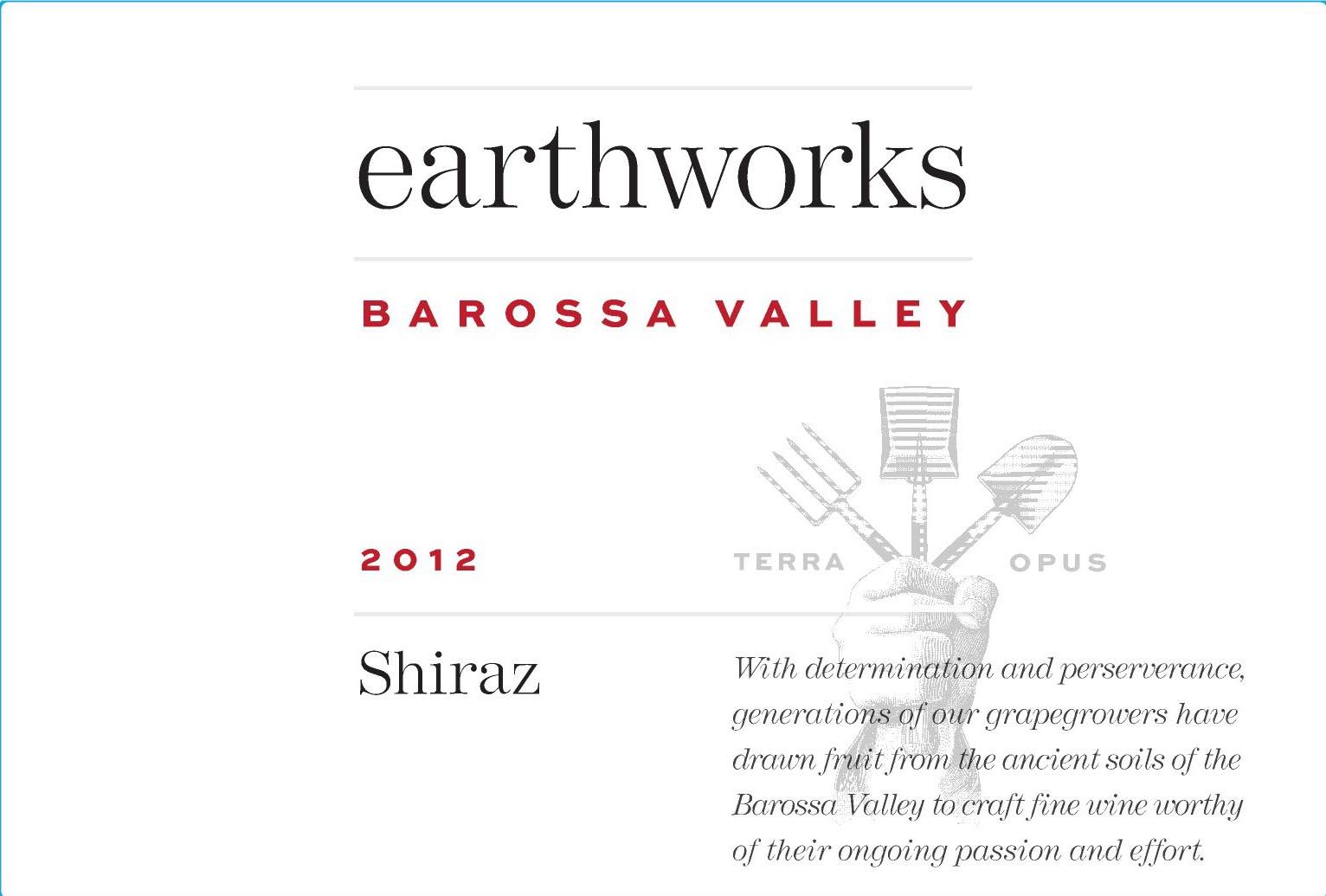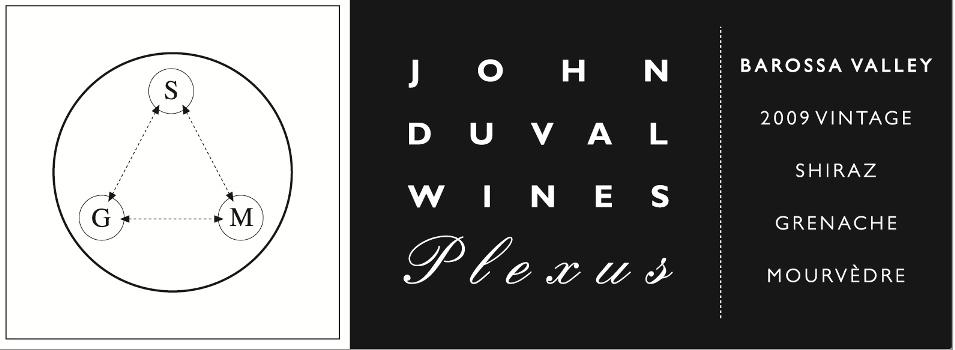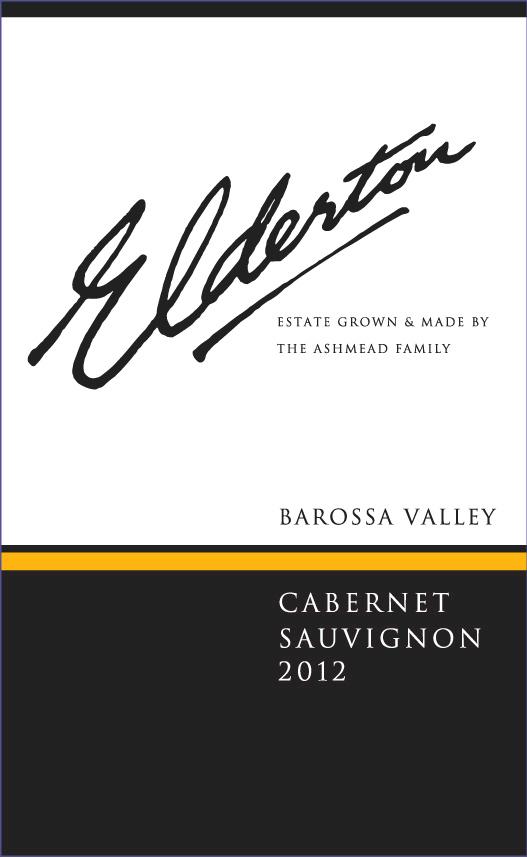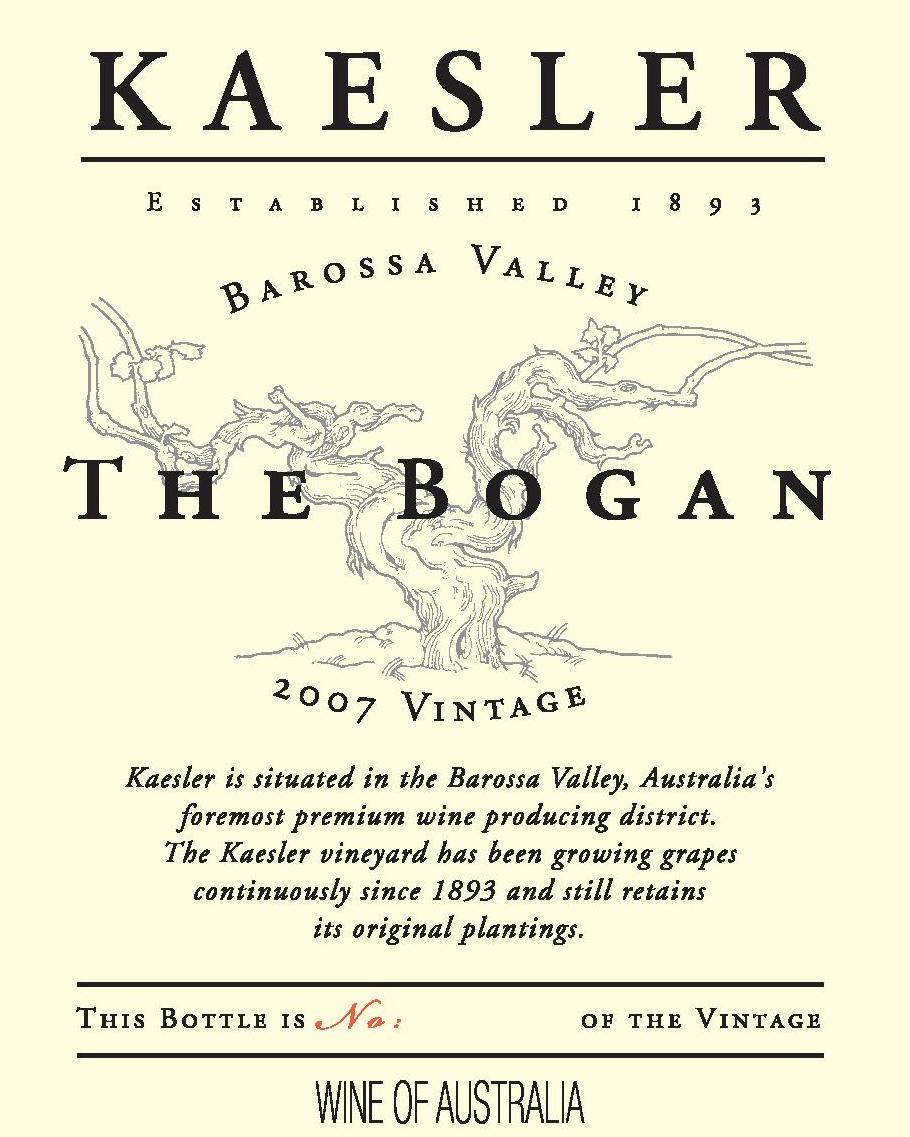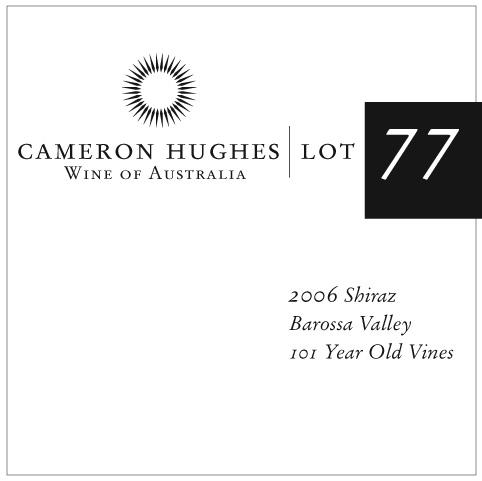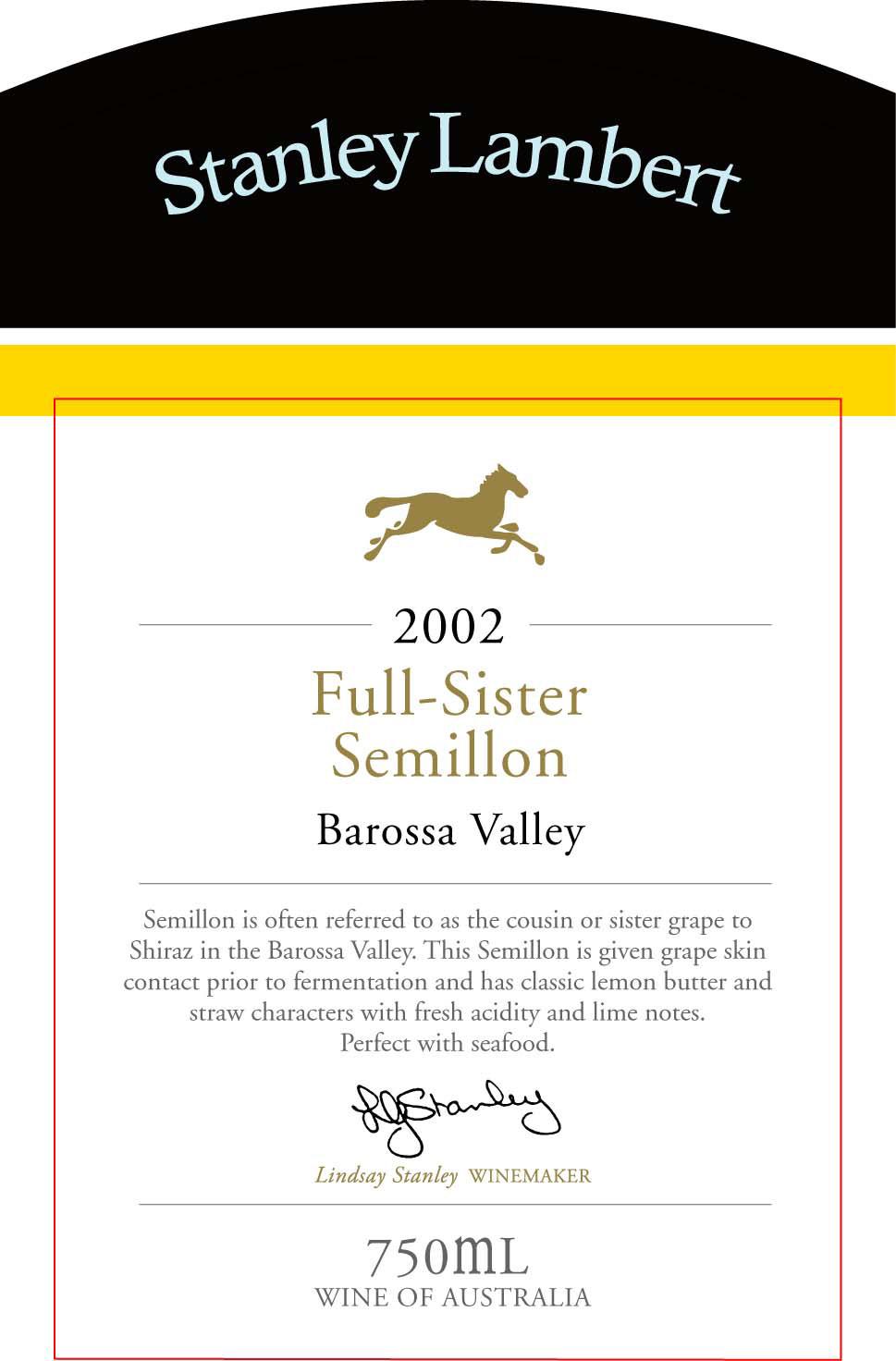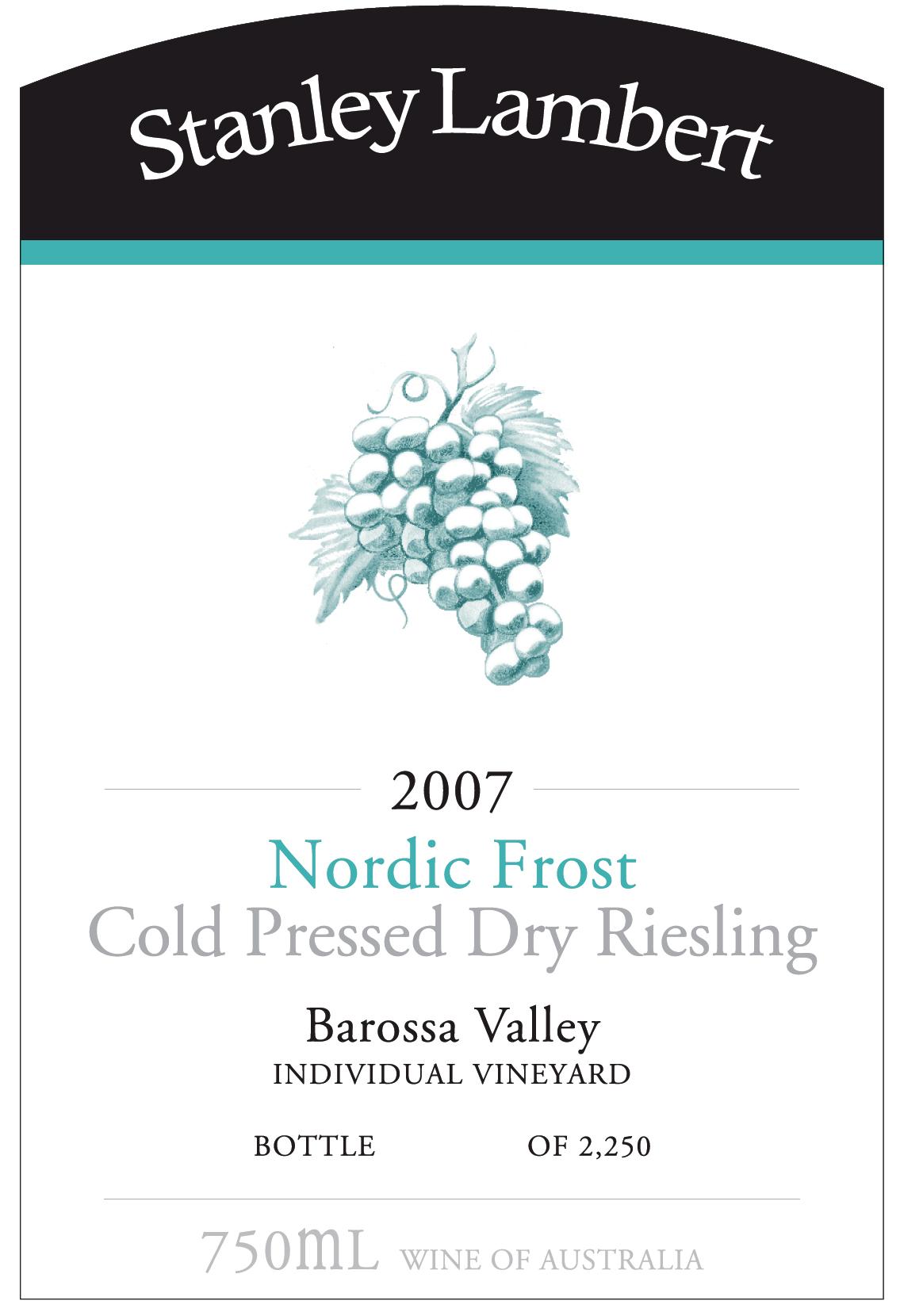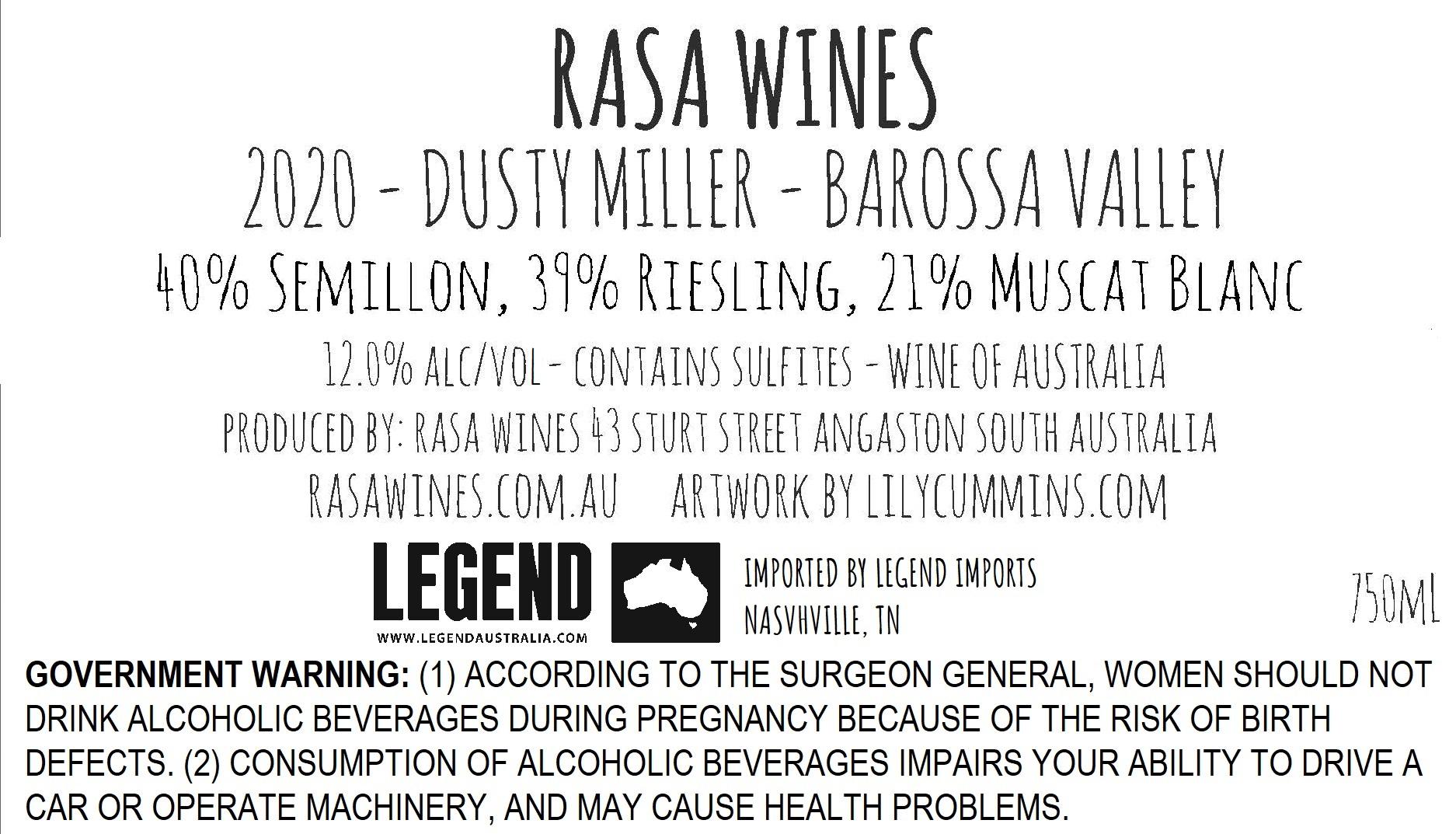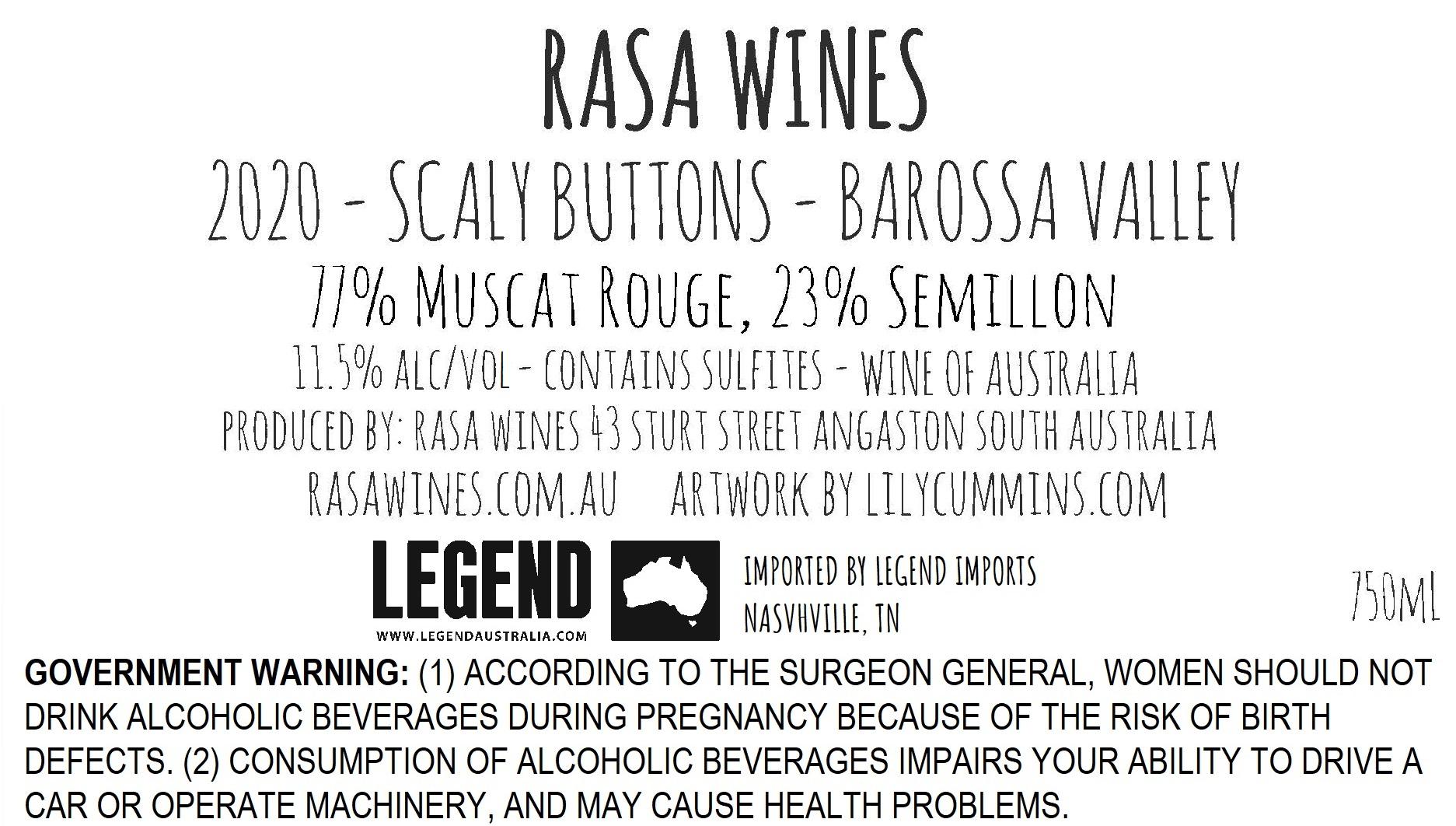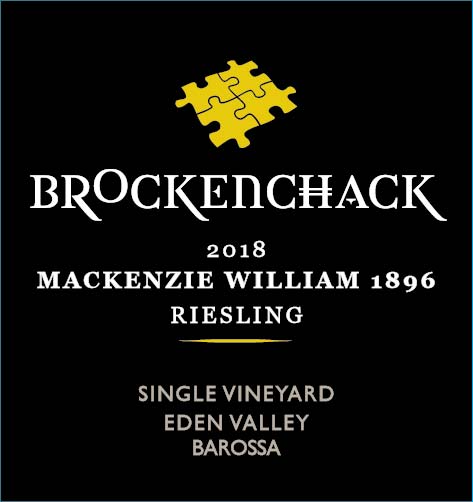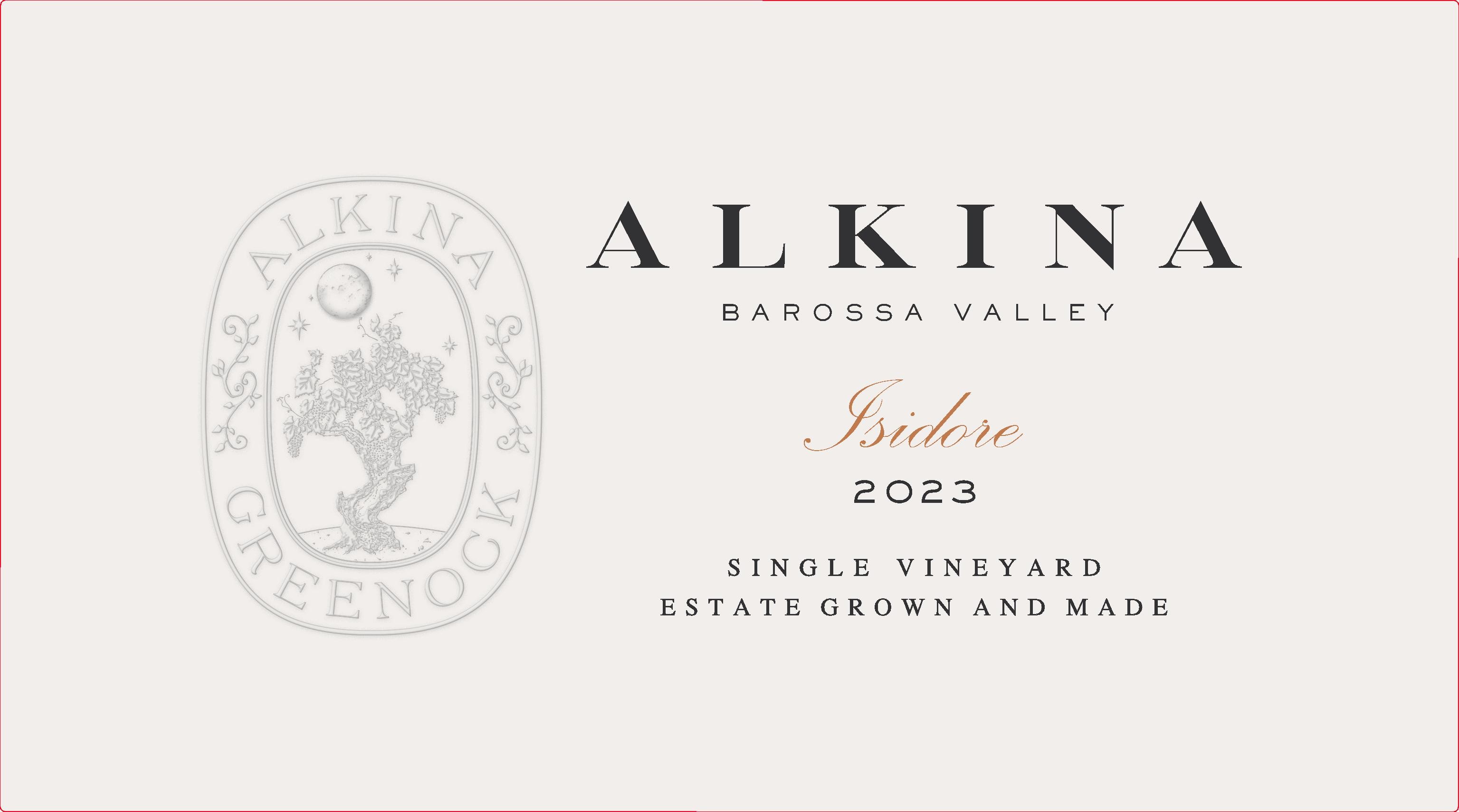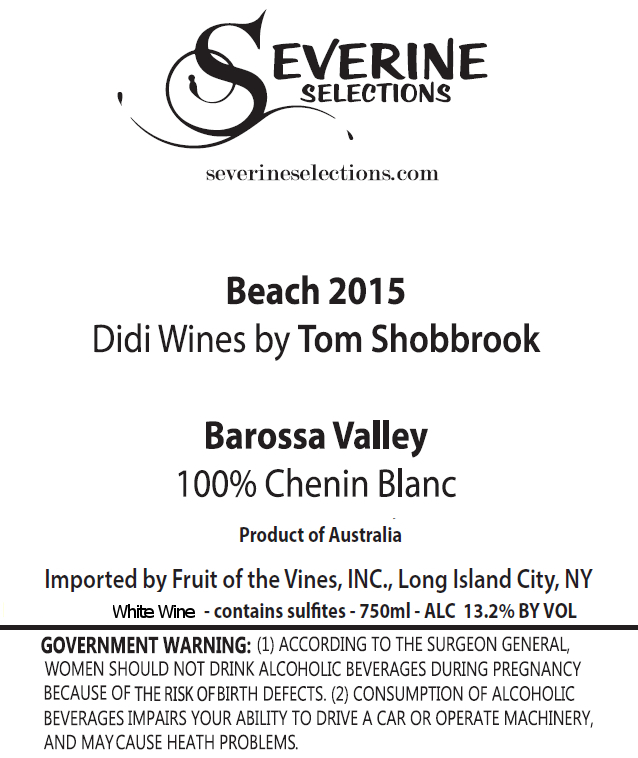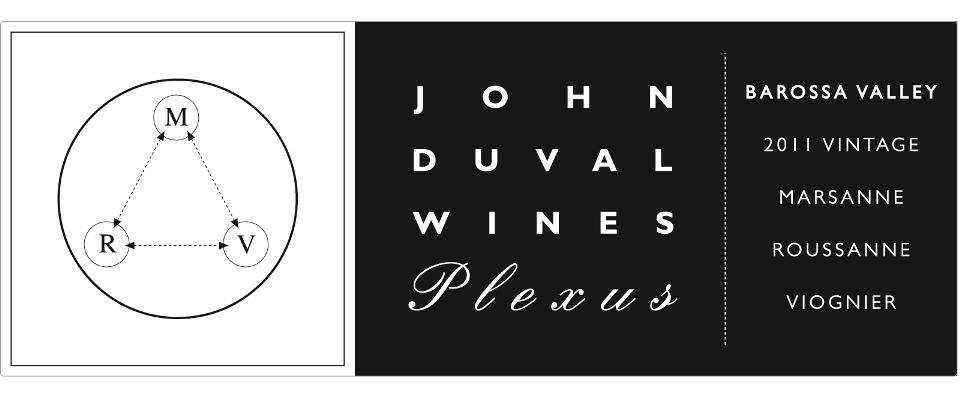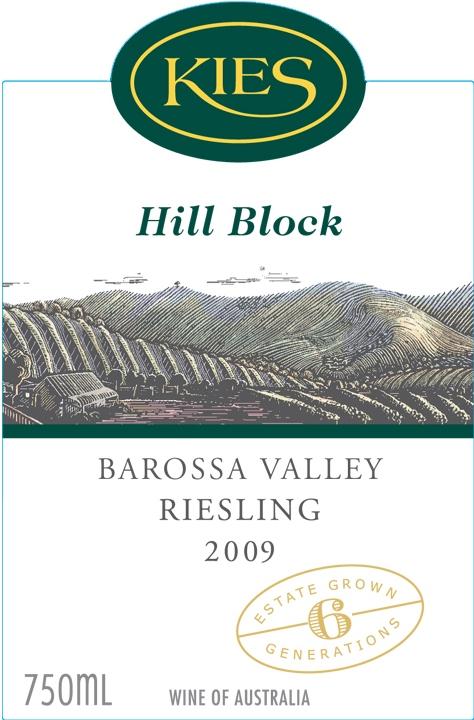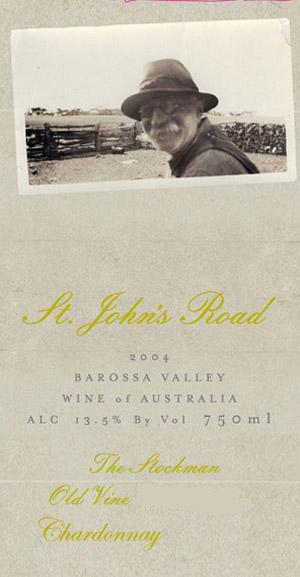Terroir of the Barossa Valley
Barossa's terroir features a mix of warm Mediterranean and continental climates. The valley floor has hot, dry summers and cool winters, perfect for ripening thick-skinned red grapes like Shiraz and Grenache. Higher areas, such as the Eden Valley, have cooler temperatures and evening breezes that help maintain the crisp acidity of Riesling.
The region's ancient soils—red-brown earths, sandy loams, and clay loams—naturally limit vine growth, concentrating flavors in the grapes. On the slopes, red clay over limestone enhances the terroir, while sandy and clay-rich soils dominate the flats. Due to limited rainfall, irrigation is key, with drip systems commonly used, though some old vineyards rely on deep-rooted dry farming. This careful water management supports the production of concentrated, high-quality wines, a hallmark of Barossa's winemaking legacy.
Notable Wineries in the Barossa Valley
The Barossa Valley, a cornerstone of Australian wine, is home to several renowned wineries that define its rich viticultural landscape. Here are a few standouts:
-
Penfolds: Celebrated for its iconic Grange, often featuring Barossa grapes, especially Shiraz.
-
Yalumba: As Australia's oldest family-run winery, it is renowned for its innovative practices and premium wines.
-
Seppeltsfield: Known for its historic Centennial Cellar and tradition of crafting exceptional fortified wines.
-
Château Tanunda: A majestic, château-style winery famed for its estate-grown wines and architectural grandeur.
-
Henschke: Located in the Eden Valley, part of Barossa, it excels with wines from cooler climates, especially Riesling.
Sustainable Winemaking in the Barossa Valley
In the Barossa region, sustainability is a key focus as winemakers adopt eco-friendly practices to protect their land and produce high-quality wines. By using cover crops, mulching, and minimal tillage, they enhance soil health and prevent erosion. Organic materials like compost enrich the soil, while integrated pest management reduces chemical use, relying on beneficial insects instead.
Water conservation is crucial in this dry climate, with drip irrigation, rainwater collection, and wastewater reuse being common. Many vineyards participate in Sustainable Winegrowing Australia and strive for organic or biodynamic certifications. Efforts to lower energy use and emissions include installing solar panels and using lighter wine bottles to reduce environmental impact. These practices ensure the Barossa Valley remains a leader in sustainable winemaking.
Wine Tourism in the Barossa Valley
The Barossa Valley, located just northeast of Adelaide, is a prime destination for wine tourism, offering a blend of historic charm and modern experiences.
Visitors can explore a range of cellar doors, from the historic Seppeltsfield and Château Tanunda to modern estates like Yalumba and Peter Lehmann.
Beyond wine tastings, the region offers activities such as cycling along the Barossa Valley Cycle Trail and hiking through scenic vineyards.
The unique Whispering Wall provides a fascinating acoustic experience, perfect for picnics.
Food lovers will appreciate the region's top-tier winery restaurants and local markets.
The biennial Barossa Vintage Festival is a celebration of the region’s rich heritage, featuring events and tastings.
Accommodations range from luxurious lodges to cozy B&Bs, making it an ideal getaway.
The integration of sustainable practices ensures the preservation of the valley's natural beauty and winemaking legacy.




